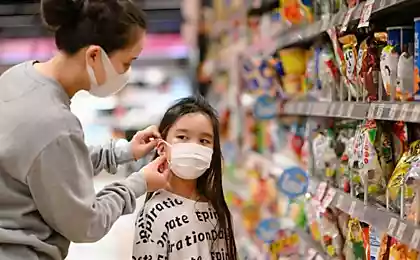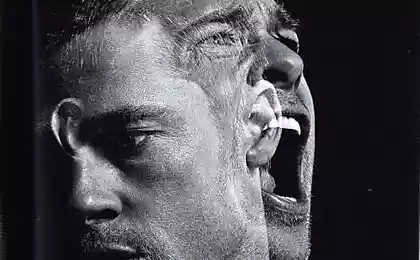208
What do high-protection FFP2 respirators give and why are all of Germany wearing them?
On January 19, German Chancellor Angela Merkel met with heads of federal states to discuss further measures to combat the coronavirus infection. In Germany, residents are required to wear FFP2 respirators in public. How do they differ from the others and what types of respirator protection are there? The answers are in our article.

GettyImages Respirator Protection Classes According to GOST 12.4.294-2015 Personal Respiratory Protection Means, respirators are divided into three types according to the protection class.
The effectiveness of protective masks!! pic.twitter.com/Gf1KKXQ4Ne
Traveler (@Puteshestvenik9) April 1, 2020
FFP1 - Low efficiency
Filtering anti-aerosol half-masks class 1 trap up to 80% of solid and liquid particles. They can be used on construction sites and to protect against heavy dust. It should be changed every four hours.
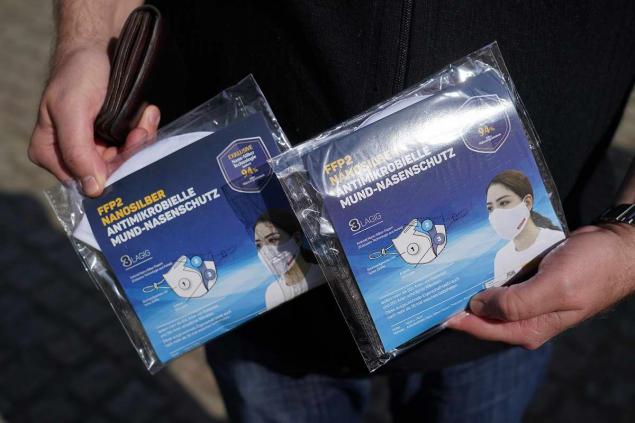
GettyImages FFP2 - Average efficiency
Class 2 semimasks retain up to 94% of particles. They are considered effective protection against carcinogenic substances of medium toxicity. Capture liquid aerosols. You can wear up to 6 hours.
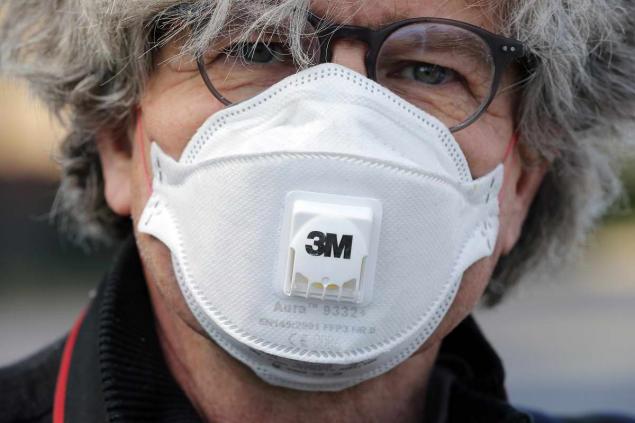
GettyImages FFP3 - High efficiency
Class 3 semimasks do not pass through up to 99% of air pollution. They can be used to protect against radioactive dust. Remain effective from 6 to 8 hours.
In the EU and Russia adopted a similar classification of filters. In China and the United States, it is very different. Respirators of the same type can often be found under different labels.

Thus, the Russian marking FFP2 corresponds to the European FFP2S (for the capture of aerosols of solid particles) and FFP2SL (captures aerosols of solid and liquid particles).
View this post on Instagram
A post shared by Farmavázquez (@farmavazquez)
The marking N95 (KN95 in China) is used in the United States. Here N is a rating class (non-oil). And 95 is the percentage protection effectiveness.
Advantages and disadvantages of FFP2/N95 respirators
Should we adopt the German experience? Spiegel reports that virologists interviewed by its correspondents agree that FFP2 respirators provide a higher level of protection than conventional medical masks.
1244000
Despite this, such masks are quite expensive (2-7 euros) even by the standards of the richest country in the EU. The government of Bavaria, where wearing FFP2 became mandatory on January 11, has prepared measures to provide financial assistance to low-income people. This should make buying masks with a high level of protection more affordable.

Some, such as German virologist Jonas Schmidt-Shanasit, warn that the innovation may not be effective enough. “Theoretically, the transition to more professional masks is welcome. But I would be wary of simply copying the Bavarian model without considering the possible downsides.
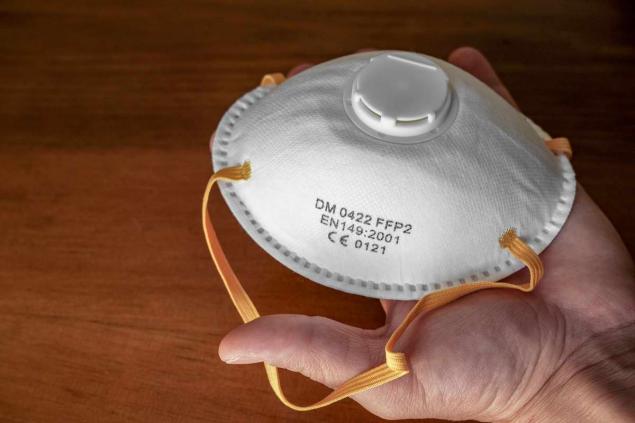
In most cases, FFP2 will be ineffective if worn incorrectly: people will end up breathing through the gap between the respirator and face rather than through a specially designed filter. FFP2 is absolutely necessary in workplaces where it is impossible to organize high-quality ventilation.
Wearing masks is an important but far from the only way to protect yourself and your loved ones from COVID-19 infection. Observe personal hygiene, avoid being in crowded places, and in case of extreme need to visit, keep a distance of at least 1.5 m. Health and all the best!
The article and the preview used photos.

GettyImages Respirator Protection Classes According to GOST 12.4.294-2015 Personal Respiratory Protection Means, respirators are divided into three types according to the protection class.
The effectiveness of protective masks!! pic.twitter.com/Gf1KKXQ4Ne
Traveler (@Puteshestvenik9) April 1, 2020
FFP1 - Low efficiency
Filtering anti-aerosol half-masks class 1 trap up to 80% of solid and liquid particles. They can be used on construction sites and to protect against heavy dust. It should be changed every four hours.

GettyImages FFP2 - Average efficiency
Class 2 semimasks retain up to 94% of particles. They are considered effective protection against carcinogenic substances of medium toxicity. Capture liquid aerosols. You can wear up to 6 hours.

GettyImages FFP3 - High efficiency
Class 3 semimasks do not pass through up to 99% of air pollution. They can be used to protect against radioactive dust. Remain effective from 6 to 8 hours.
In the EU and Russia adopted a similar classification of filters. In China and the United States, it is very different. Respirators of the same type can often be found under different labels.

Thus, the Russian marking FFP2 corresponds to the European FFP2S (for the capture of aerosols of solid particles) and FFP2SL (captures aerosols of solid and liquid particles).
View this post on Instagram
A post shared by Farmavázquez (@farmavazquez)
The marking N95 (KN95 in China) is used in the United States. Here N is a rating class (non-oil). And 95 is the percentage protection effectiveness.
Advantages and disadvantages of FFP2/N95 respirators
- They can filter up to 95% of particles with a diameter of up to 0.3 microns. Including fine dust, water droplets, liquid aerosols.
- When coughing, sneezing and talking, wearing a respirator significantly reduces the distance that viral particles exhale. At the same time, respirators with a valve cope with this worse than those that do not have it.
- Duration of wearing can be from 4 to 8 hours instead of 2-3 for conventional disposable masks.
- FFP2 respirators have proven to be a reliable protection when used by health workers in contact with COVID-19-infected patients. Recommended for protection against coronavirus by the US Centers for Disease Control and Prevention.
- The disadvantages are primarily a relatively high price.
- Respirators are designed to fit the face as tightly as possible. Therefore, an adult mask can be useless for a child.
- The respirator is thicker than a medical mask, so some people may feel discomfort and difficulty breathing.
Should we adopt the German experience? Spiegel reports that virologists interviewed by its correspondents agree that FFP2 respirators provide a higher level of protection than conventional medical masks.
1244000
Despite this, such masks are quite expensive (2-7 euros) even by the standards of the richest country in the EU. The government of Bavaria, where wearing FFP2 became mandatory on January 11, has prepared measures to provide financial assistance to low-income people. This should make buying masks with a high level of protection more affordable.

Some, such as German virologist Jonas Schmidt-Shanasit, warn that the innovation may not be effective enough. “Theoretically, the transition to more professional masks is welcome. But I would be wary of simply copying the Bavarian model without considering the possible downsides.

In most cases, FFP2 will be ineffective if worn incorrectly: people will end up breathing through the gap between the respirator and face rather than through a specially designed filter. FFP2 is absolutely necessary in workplaces where it is impossible to organize high-quality ventilation.
Wearing masks is an important but far from the only way to protect yourself and your loved ones from COVID-19 infection. Observe personal hygiene, avoid being in crowded places, and in case of extreme need to visit, keep a distance of at least 1.5 m. Health and all the best!
The article and the preview used photos.
What unites the inhabitants of the most miserable countries in the world
Recipe for “live” dough for pizza straight from spring Italy






